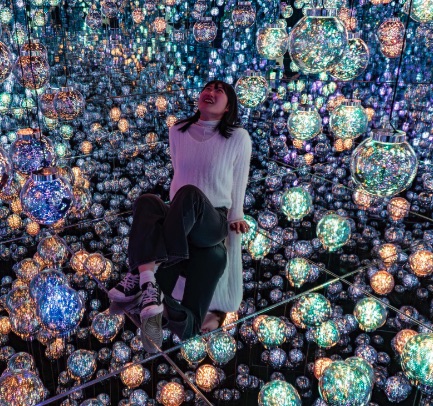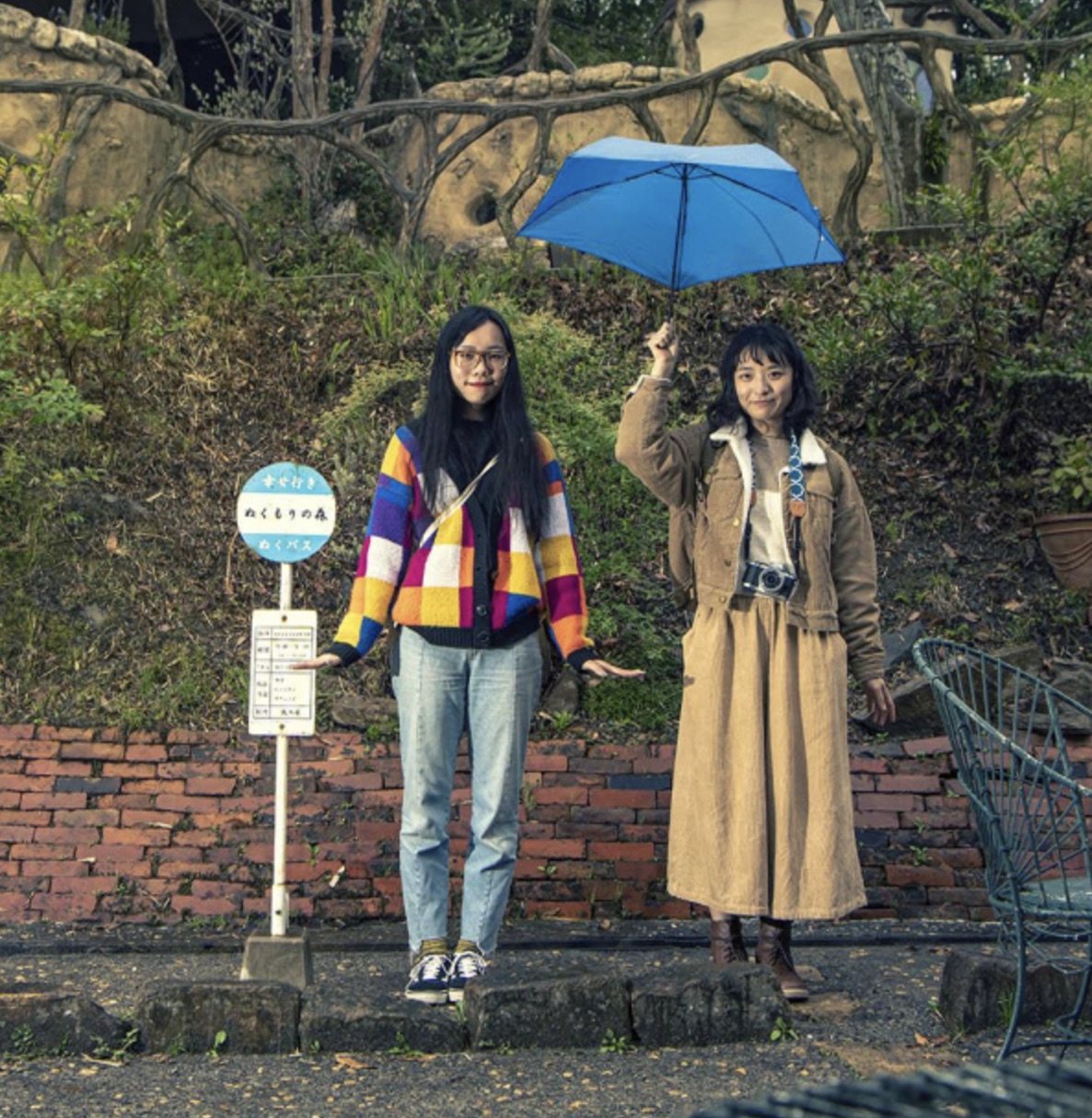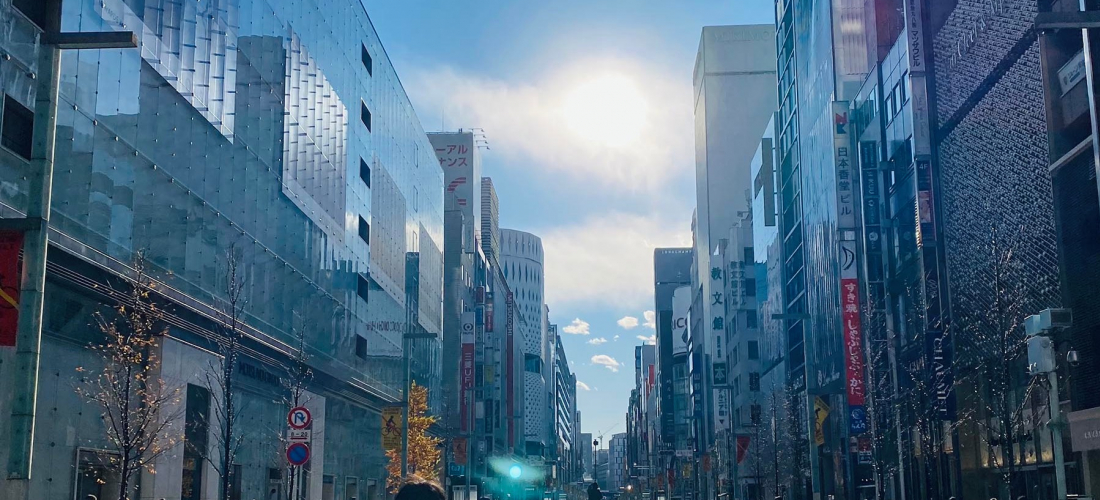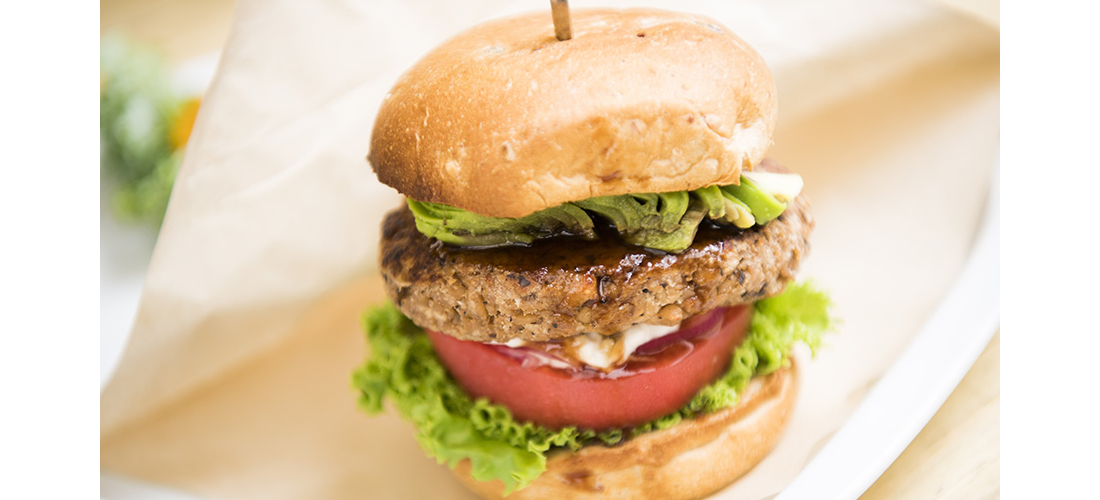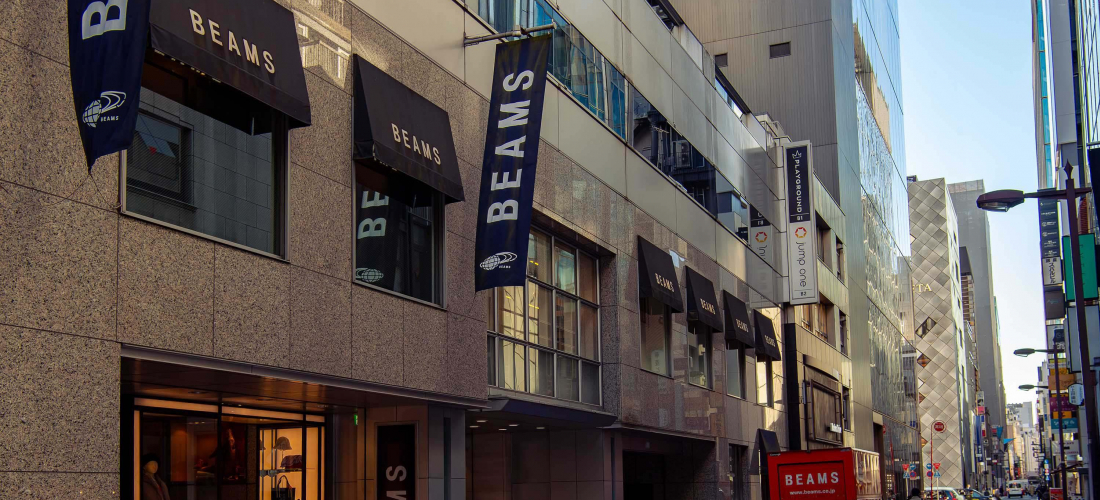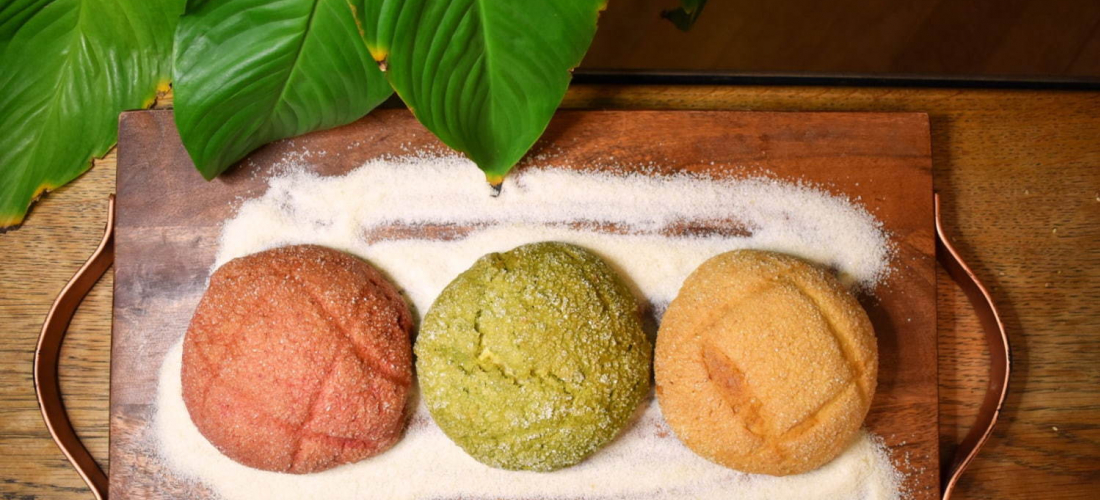
Uniquely Tokyo Dining Experiences: Exploring Tokyo Cuisine, Past, Present, and Future
This article contains sponsored content.
From the sustainable culinary wisdom of the Edo era to innovative fusion cuisine woven from a mesh of Japanese and French influences, plus shojin-ryori cuisine with an eye on Japan's future, discover unforgettable food found only in Tokyo.
CONTENTS
Discovering the Depth of Tokyo Cuisine

Early this year, the Japankuru team was invited to join a unique food-focused media event entitled “A journey to unravel Tokyo’s diverse food and spirit,” featuring three of the city’s top chefs and a diverse menu representing the variety of Tokyo’s culinary history and cultural landscape. The gathering was one in a series of Tokyo culinary events aiming to explore and discover the exciting diversity of food found in this “culinary capital,” from the ancient traditions of Japanese cuisine to more recent cultural additions arriving from all over the world. As a bunch of food and history nerds, the Japankuru team was excited to participate in this unique opportunity to examine the complex history of food in Tokyo, and to hear some of Tokyo’s best chefs speaking passionately about their work with presenter Sahel Rose (a noted Iranian-Japanese actress), connecting the dots between the Edo period traditions of 400 years ago, the culinary revolution instigated by the Meiji Restoration, and the colorful food scene of modern Tokyo. These same themes were also interpreted in a live kitchen, and the chefs demonstrated Edo-era techniques, culinary inspiration borrowed from overseas, and sustainable food ideas for the future, expressing the many ways Tokyo’s food culture has been shaped over the years as they prepared a variety of dishes for participants to taste. To give people from outside Japan a chance to learn about “Tokyo’s diverse food and spirit” and discover the many temptations of Tokyo’s fantastic food scene, this event provided an intriguing look at the history (and the mouth-watering flavors) of Tokyo, with plenty of surprises!
The Origins of Tokyo’s Culinary Culture, and Where It’s Headed Next
The way people eat is inherently shaped by society, and the cultural revolutions that occur within communities, which is why “A journey to unravel Tokyo’s diverse food and spirit” began with a look at the links between political, cultural, and culinary history in Japan. Before the region now named Tokyo became the heart of Japan, Japan was at war with itself. During the Sengoku era (1467-1615), sometimes referred to as the “Warring States” period, different samurai factions battled it out across the islands. While the era is the source of many of Japan’s most legendary tales of courage and intrigue, Chef Yusuke Nomura pointed out that a war-torn country is simply not the place to find good food. It wasn’t until the Tokugawa shogunate claimed victory and established their new capital in Edo (modern-day Tokyo), kicking off the Edo period in 1603, that the beginnings of modern Japanese food culture began to take shape.

Not only did peacetime give people the time and flexibility necessary to create good food, but the new structure of Japan’s Edo-era government helped to expand people’s palettes and invite new flavors into the city – a major cultural shift still reflected in the food of modern Tokyo. First, the construction of Edo Castle brought workers in from near and far. Then, the shogun insisted that his underlings make the trek to the capital from their regional territories at least once a year, giving birth to a vibrant new source of cultural exchange. Over the course of 265 years, the population of the city grew to be twice that of Paris at the time, and the regular journeys undertaken between Edo and every other region of Japan allowed the city to greedily gather regional delicacies and techniques from around the country while spreading Edo culture. Through this reciprocal exchange, a new Edo-centric food culture took shape.

When one samurai faction faced off against another at the end of the 19th century, placing the Emperor firmly back onto the throne and beginning a new era with the Meiji Restoration, things changed once again for the newly renamed Tokyo. Until then, Japan had remained largely isolated from the outside world, but these major societal changes allowed new access to foreign ideas, technology, and food. With the borders suddenly flung wide open, exotic flavors from abroad flooded in, along with new dietary practices. Since long before this period, Buddhist influences inherent in traditional Japanese culture have encouraged people to welcome visitors and new cultures with respect, referencing the three Zen tenets of “not knowing,” “bearing witness,” and “compassionate action.” So when a wave of foreign influence swept through Tokyo during the Meiji era, the city took it in stride, adding it all to the diverse cultural stew that shaped Tokyo’s culinary scene. Western-inspired “yoshoku” cuisine was born, meat became increasingly prevalent, and the people of Tokyo took a step in the international direction that brings us to the modern day.

There’s no denying that Tokyo is now a cosmopolitan city, with food from countless foreign cultures, and people arriving every day from even more. Tokyo’s chefs find inspiration in food from across the world, and restaurants cater to the wide variety of customers who arrive via Narita or Haneda Airport, often offering halal and kosher options. Experts even tell us that some of the best Italian-style pizza is found here in Tokyo, halfway across the world from its origins, thanks to city’s top-class chefs and fresh ingredients. The Tokyo food scene is constantly in a frenzy, growing and changing, and the next step – at least according to Tokyo’s movers and shakers – is towards sustainability. In a city as big as Tokyo, even small changes can make an outsized impact, and this event showed us just a few of the ways the community is tackling the issues of food waste and the changing environment of the future!
Sampling the Flavors of Tokyo with 3 Tokyo Chefs
Edo-Inspired Cuisine with Chef Yoshiyuki Funyu

Owner and head chef at the traditional Japanese restaurant Kappo Funyu, a Sumida Ward eatery known for its classic flavors and comfortable atmosphere, Yoshiyuki Funyu prepared a menu representing historic Tokyo (then called Edo) for this gastronomic event. Despite modern-day Japan being famous for its exquisite wagyu beef, it’s said that red meat was generally forbidden in Japan before the cultural transformations of the Meiji era, but the city of Edo was built on a bay that offered plenty of fresh seafood instead. Of course, without modern refrigeration technology, even fresh ingredients needed to be handled differently in the 17th, 18th, and 19th centuries.


The people of the Edo period (1603-1868) preferred light flavors over heavy, oily meals, and tended to look for dishes that tasted fresh for longer. The prized “toro” cuts of fatty tuna we now salivate over can lose their freshness fast due to their richly fatty nature, which meant they were more likely to go into a pot of soup than over a mound of sushi rice. To represent the eating habits of long-ago Tokyo, Chef Funyu sliced lean cuts of tuna (marinated for flavor and presentation), laying the tender morsels over surprisingly firm vinegar rice stained a light rusty brown by the traditional red “akazu” sushi vinegar that was once standard in the city. Funyu chopped the light pink hunk of fatty tuna into cubes, which joined ingredients like “Senju negi” (a rare variety of green onion local to Tokyo) and firm tofu in a katsuo dashi broth. Despite being a lean cut, the sushi melted in our mouths, and after just a short simmer in the hot broth, the cubes of toro turned supple while maintaining their flavor. The innovative cooking methods devised by the people of Edo during the days before refrigeration have been passed down from one generation of Tokyo chefs to the next, becoming a delicious part of Tokyo cuisine that visitors can still enjoy today!

The event’s last Edo-inspired dish actually focused on wild boar, a meat that bypassed the historic restrictions due to the widely-held belief that it also possessed medicinal qualities. Chef Funyu soaked the meat in locally produced “Edo ama miso” to tenderize and soak up the sweet flavor, and the thick slices sizzled satisfyingly in the skillet before being chopped into bites that absolutely exploded with flavor.
Even today, wild boar flourish in Japan, to the point that they’ve become a nuisance to farmers, and the use of wild meat (generally referred to by the French term “gibier”) is increasingly seen as an environmentally friendly, sustainable choice. More and more restaurants around Tokyo are using this historically significant ingredient to create spectacular gibier meals that people arrive from around the world to enjoy. And Chef Funyu showed us that simple historic cooking methods could still produce results that would wow a modern-day crowd.
Modern Fusion Flavors with Chef Yusuke Goto

A Tokyo local with years of international experience in the world of French cuisine, and current owner-chef at Amour in Nishi-Azabu, Yusuke Goto treated us to a menu that shined a light on modern-day Tokyo’s international culinary scene. Foreign flavors from beyond Asia only truly reached Japan in the Meiji period (1868-1912), and it wasn’t until the end of the 20th century that fine French cuisine began to find its place in Tokyo, but in recent years the city has seen a surge of Japanese chefs who borrow the best bits of French technique and blending them with Japanese culinary culture to suit local palettes. Chef Goto has been on the forefront of this wave of fusion cuisine, utilizing fresh Japanese ingredients while keeping years of training in French kitchens in mind, to create new combinations of flavor and texture that are purely Tokyo.


When French food first hit Japan, serious chefs tended to stock their kitchens with imported ingredients to reproduce the flavors found overseas, but the three “Japanese French” dishes prepared by Chef Goto showed off the delicious possibilities that appeared once chefs began to think out of the box – and shop local. With a huge variety of ingredients available, and abundant seafood from the fishing boats arriving in Tokyo Bay, Tokyo is uniquely situated to provide for innovative chefs. And Goto pointed out that, in the end, fresher ingredients were going to make for better food anyway! Our first dish focused on hairy crab, mixing firm shreds of the meat with the luxuriously rich “kani miso. Kani miso is essentially crab liver, and in English it goes by dozens of different names (crab butter, crab mustard, tomalley) despite being something of a rarity, but in Japan it’s a popular delicacy. Chef Goto took this distinctly Japanese ingredient and prepared it with French techniques, creating a combination of flavors and textures of the kind Tokyo has become known for. With all the flourishes you’d expect from a fine French restaurant, the crab mixture was placed atop a bed of cauliflower puree, and topped with a whole ocean of accents, including a fragrant jelly (made from Japanese dashi in place of French consommé), coral-like cabbage, and a fresh sliver of yuzu peel. The result looked like a scene from under the sea, and the unbelievably creamy cauliflower was the perfect base for the briny crab.

Dish number two brought together a mix of imported products and local ingredients, focusing on the perfect timing of freshly in-season shirako (cod milt) and newly released mont d’Or cheese to create an ultra-rich and creamy flavor bomb balanced by a rough bed of Hokkaido “Inca no Mezame” potatoes. Finally, Chef Goto finished off the small prix fixe by tackling the concept of “Japanese French” from one more angle, deconstructing the classic Japanese dish of sukiyaki and turning it into a French crepe. The pancake itself was dyed a vibrant green from Japanese chrysanthemum greens, filled with thin slices of wagyu beef cooked lightly in a sweet sauce, and topped with a portion of eggs – a French scramble instead of the raw egg normally eaten with sukiyaki. The flavors were distinctly Japanese, the textures leaned closer to French cuisine, and the finished product was truly a Tokyo creation.
Forward-Looking Culinary Creations with Chef Yusuke Nomura



Yusuke Nomura, 4th-generation owner-chef of the vegetarian shojin-ryori kaiseki restaurant Daigo (long-term recipient of a Michelin Star, and more recent recipient of a Michelin Green Star), finished off the event with a menu of sustainable dishes that demonstrate a bright path forward for Tokyo cuisine, served in a beautifully traditional Japanese-style banquet hall. When speaking about the food he creates, Chef Nomura can clearly envision the potential it holds for the future – with so much experience in the world of Japan’s traditional shojin-ryori cuisine, he can spot the hints that ancient Japan has left for those who want to cook and eat more sustainably in the modern day.
But as he spoke to us at the event, Nomura insisted that these sustainable choices absolutely must be delicious choices as well, because real change on a grand scale will never occur if people think that making environmentally friendly choices means giving up good food. True sustainability, says Nomura, will only be achieved when everyone from farmers to chefs, and of course customers, feel good about the necessary changes.
This might sound a little surprising coming from a shojin-ryori chef, as most people familiar with this vegetarian cooking style associate it with the ascetic food eaten by Japan’s Buddhist monks. But at Daigo, generations of the Nomura family have been cooking “shojin-ryori” of a kind that has its roots deep in Gifu Prefecture, where the gifts of the mountain were used to prepare feasts for guests – not simple monk’s food. This Tokyo restaurant’s philosophy is focused on creating bold flavors by making the most of every single ingredient, pushing the boundaries to bring out deeper flavors and create ever more complex and flavorful food. And despite Daigo’s traditional shojin-ryori roots, Chef Nomura also believes in the importance of incorporating diversity in the face of globalization, searching outside of Japan for fresh inspiration. With just a few dishes, Chef Nomura showed us how food can become art when it’s made to open your eyes and change your mind. The food showed us how Tokyo is working hard to become a city that’s more sustainable, and more delicious.



In a move that reflected the cosmopolitan Tokyo of today, our meal at Daigo began with cups of Taiwanese tea and strong cocktails, but signs of Chef Nomura’s forward-thinking shojin-ryori arrived on the table with the first plates. The first dish sat sandwiched between two dry brown leaves – real fallen leaves that added a unique woody aroma to the intensely savory mass of miso-coated vegetables (kabocha pumpkin, morel mushrooms, and more) found within. The next dish was thoroughly seasonal, reflecting both Japanese traditions and modern attempts at sustainability, which resulted in an elegant plate with a handful of little bites that not only used in-season ingredients, but also managed to convey the theme of the upcoming Setsubun Festival. Vegetables were shaped into demon’s clubs and cups full of beans to chase evil away, and the sugary-sweet bite of carrot showed us a vision of spring on the horizon. After an interlude of flavorful mushroom rice, savory miso soup, and crunchy pickled radish that reminded us that even classic Japanese dishes were fully capable of being vegetarian, we moved on to dessert.

Chef Nomura seems to have a theory about the core of each cuisine around the world – Turkish food relies on the unique mix of spices that arrived via the Silk Road, while Chinese food requires a hot flame to reveal its true flavors. Good Japanese food, he says, is made with good water.
Considering how much Japanese food relies on mellow dashi broth, paired with rice grown in flooded paddies and steamed to perfection, you can see where he’s coming from. Fresh, clean water is vital to the creation of good food, from the water used to grow fresh ingredients to the water used for cooking, bringing out enticing aromas. In Tokyo, the excellent water has helped to create a vibrant food scene where diners can explore and enjoy new flavors.
So Chef Nomura finished “A journey to unravel Tokyo’s diverse food and spirit” with a dish that he announced, with a mischievous grin, was 99% water! The dessert was a delicate agar jelly, topped with a light drizzle of brown sugar syrup and a small scattering of sweet beans and fruit. We would be lying if we said we weren’t a little surprised to discover that the real standout flavor was that of Japanese spring water, but it was a refreshing delight at the end of a day of stimulated tastebuds.
Chef Nomura used just a few dishes and a few words to show us the potential of Tokyo cuisine as the food culture of the future. His vision includes a Tokyo culinary scene that welcomes diversity, plant-based food that is as delicious as it is sustainable, and a society where everyone can enjoy and respect their food, while avoiding unnecessary food waste. The event came to a close as participants grinned along with the chef, all of us eating spoonfuls of our water jelly and imagining a future of equally innovative Tokyo cuisine.
Eating in Tokyo, a City of Food

This unique Tokyo food event was truly “A journey to unravel Tokyo’s diverse food and spirit,” and the three chefs brought centuries of culinary history to life before our eyes while also giving us a glimpse of the future of food, showcasing the evolution and development of Tokyo’s food culture. If you’re curious to try a taste of the Tokyo’s colorful food scene for yourself, shaped by talented chefs, the Japanese spirit, and centuries of culinary tradition, there’s never been a better time to see what Tokyo has to offer. It won’t take long to understand why Tokyo is called a culinary capital!
Find Chef Funyu at
Kappo Funyu (割烹 船生)
3-5-6 Higashikomagata, Sumida City, Tokyo
Official Instagram
Find Chef Goto at
Amour
1-6-13, Hiroo, Shibuya City, Tokyo
Official Website / Reservations (jp)
Find Chef Nomura at
Daigo (精進料理 醍醐)
2-3-1 Atago, Minato City, Tokyo
Official Website (en)
For more info and updates from Japan, check Japankuru for new articles, and don’t forget to follow us on X (Twitter), Instagram, and Facebook!





 >> Find out more at Japankuru.com! (link in bio)
#
>> Find out more at Japankuru.com! (link in bio)
#





 The Robot Restaurant is gone, but the Samurai Restaurant is here to take its place. Check it out, and don't forget your coupon!
The Robot Restaurant is gone, but the Samurai Restaurant is here to take its place. Check it out, and don't forget your coupon!
 신주쿠의 명소 로봇 레스토랑이 사무라이 레스토랑으로 부활! 절찬 쿠폰 발급중
신주쿠의 명소 로봇 레스토랑이 사무라이 레스토랑으로 부활! 절찬 쿠폰 발급중
 18歲以上才能入場的歌舞秀,和你想的不一樣!拿好優惠券去看看~
#tokyo #shinjuku #samurairestaurant #robotrestaurant #tokyotrip #도쿄여행 #신주쿠 #사무라이레스토랑 #이색체험 #할인이벤트 #歌舞伎町 #東京景點 #武士餐廳 #日本表演 #日本文化體驗 #japankuru #japantrip #japantravel #japanlovers #japan_of_insta
18歲以上才能入場的歌舞秀,和你想的不一樣!拿好優惠券去看看~
#tokyo #shinjuku #samurairestaurant #robotrestaurant #tokyotrip #도쿄여행 #신주쿠 #사무라이레스토랑 #이색체험 #할인이벤트 #歌舞伎町 #東京景點 #武士餐廳 #日本表演 #日本文化體驗 #japankuru #japantrip #japantravel #japanlovers #japan_of_insta
 코지마 x 빅 카메라 쿠폰으로 일본 가전 제품 쇼핑하기
#pr #japankuru #japanshopping #kojima #biccamera #japaneseskincare #yaman #dji #osmopocket3 #skincaredevice #日本購物 #美容儀 #相機 #雅萌 #日本家電 #일본여행 #면세 #여행꿀팁 #일본쇼핑리스트 #쿠폰 #일본쇼핑 #일본브랜드 #할인 #코지마 #빅카메라 #japankurucoupon
코지마 x 빅 카메라 쿠폰으로 일본 가전 제품 쇼핑하기
#pr #japankuru #japanshopping #kojima #biccamera #japaneseskincare #yaman #dji #osmopocket3 #skincaredevice #日本購物 #美容儀 #相機 #雅萌 #日本家電 #일본여행 #면세 #여행꿀팁 #일본쇼핑리스트 #쿠폰 #일본쇼핑 #일본브랜드 #할인 #코지마 #빅카메라 #japankurucoupon
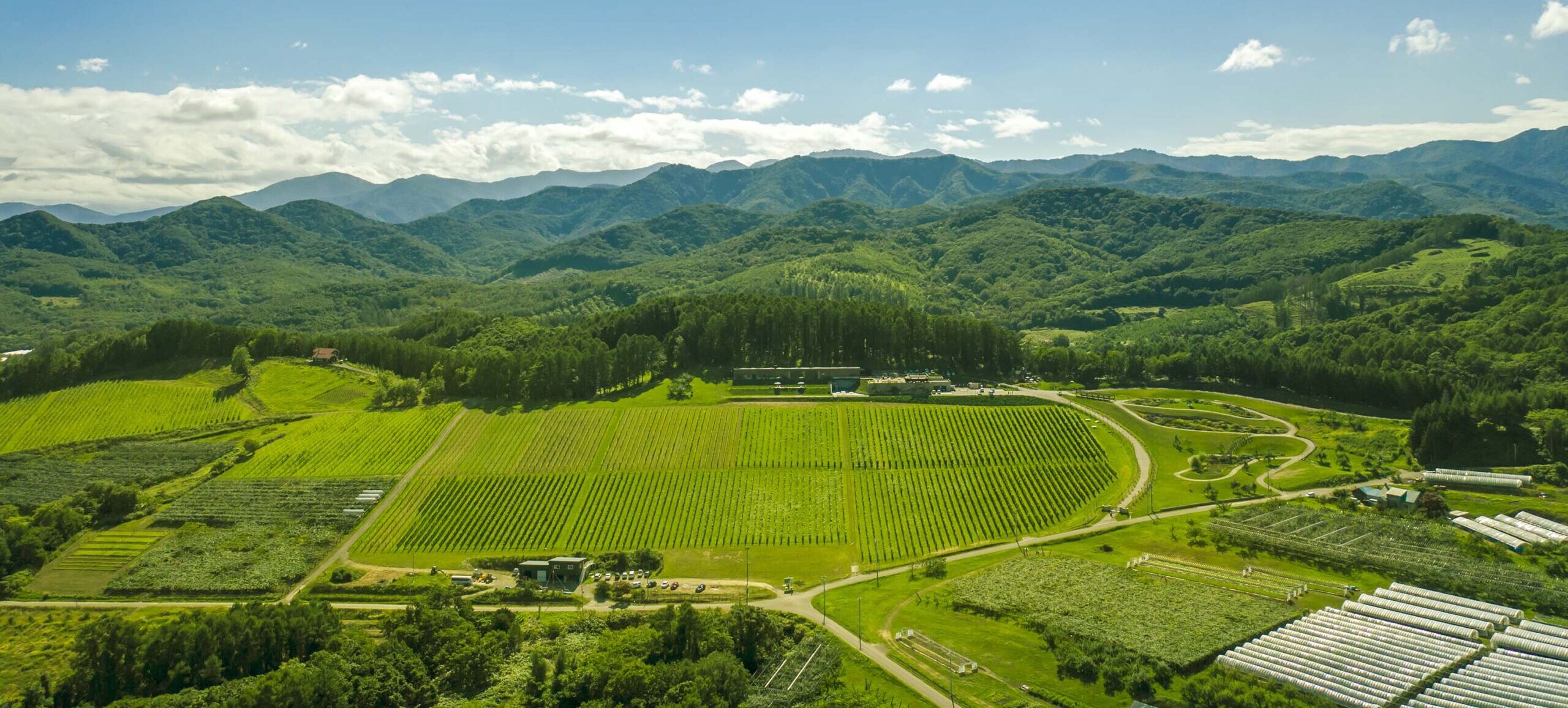
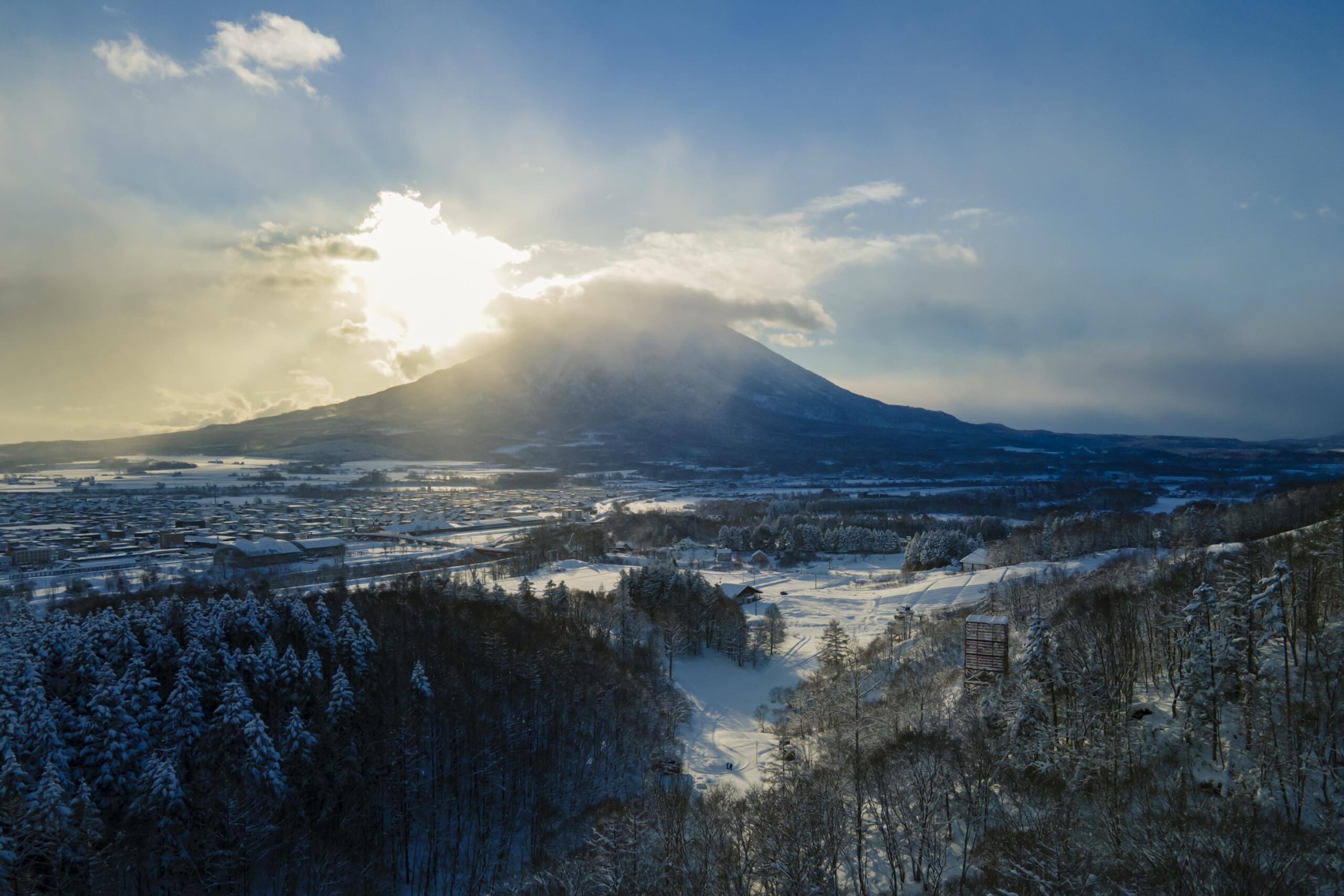
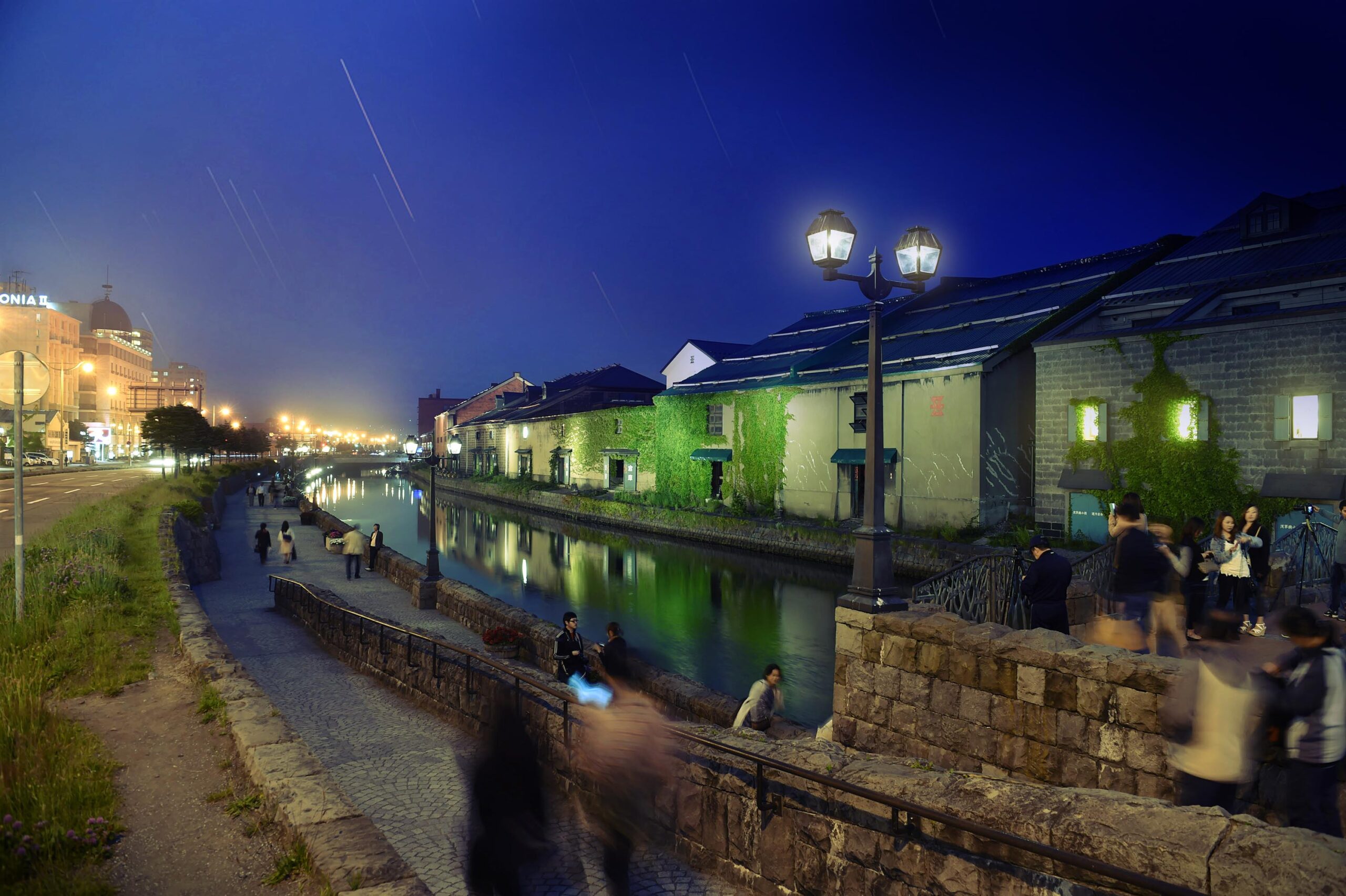

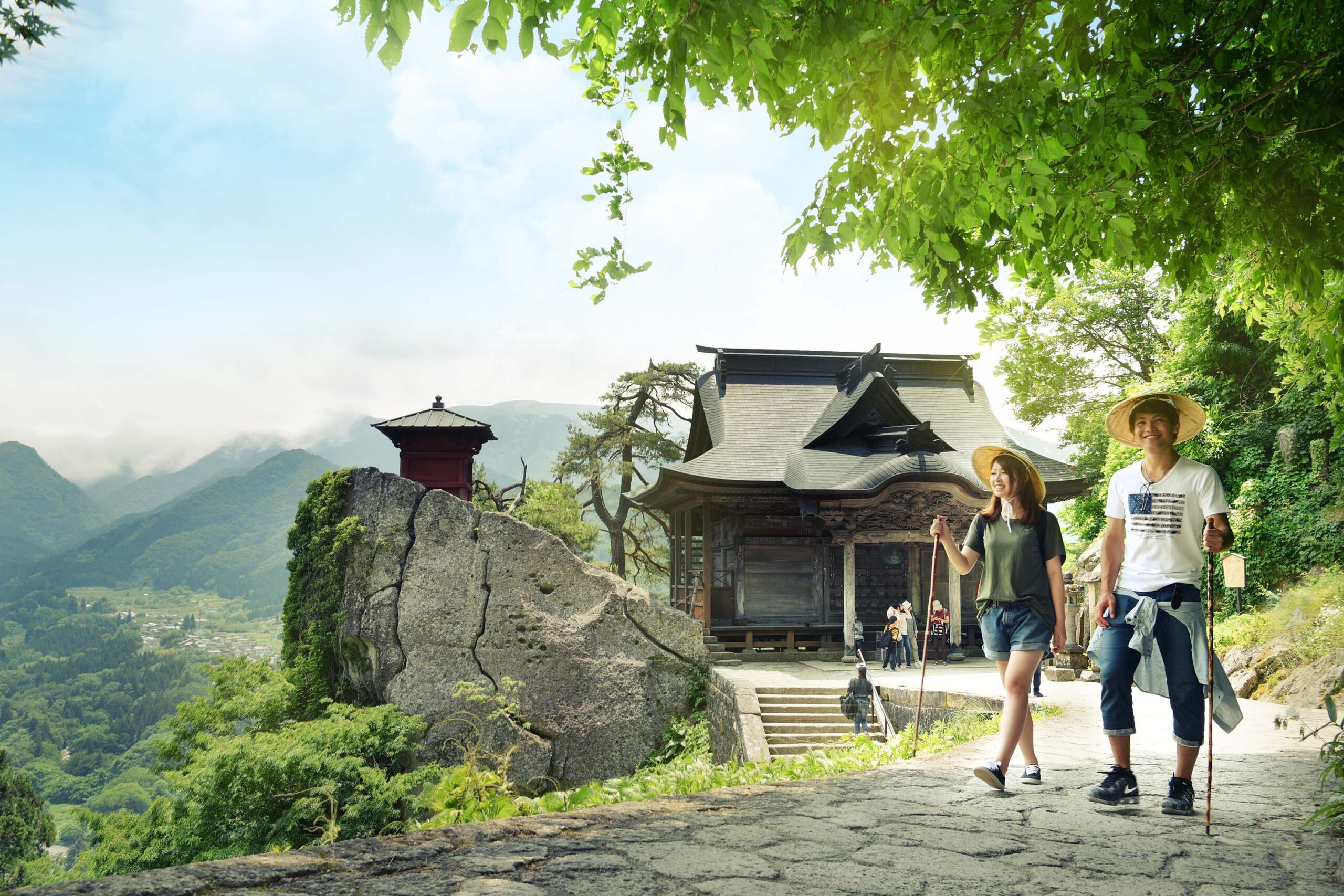
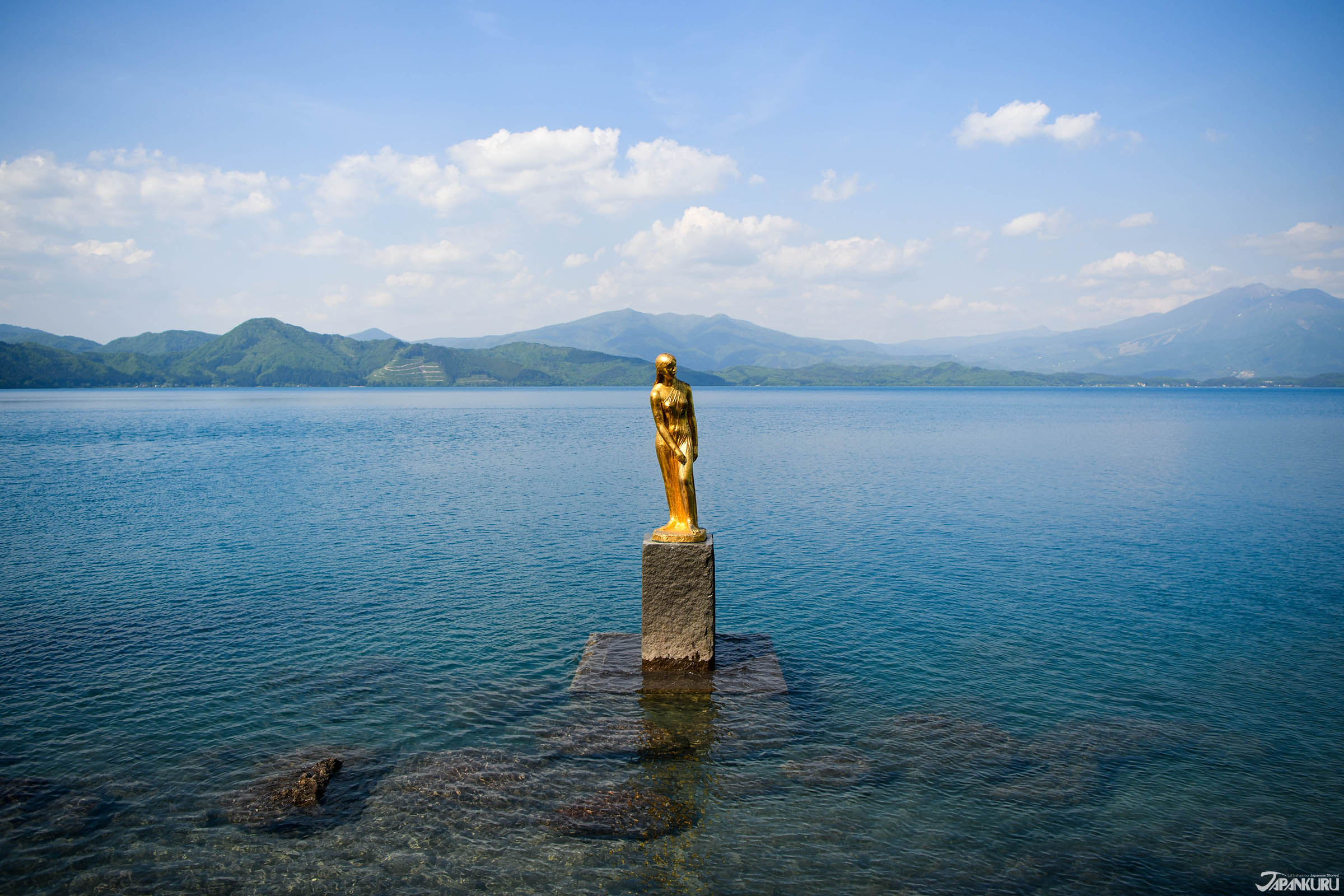
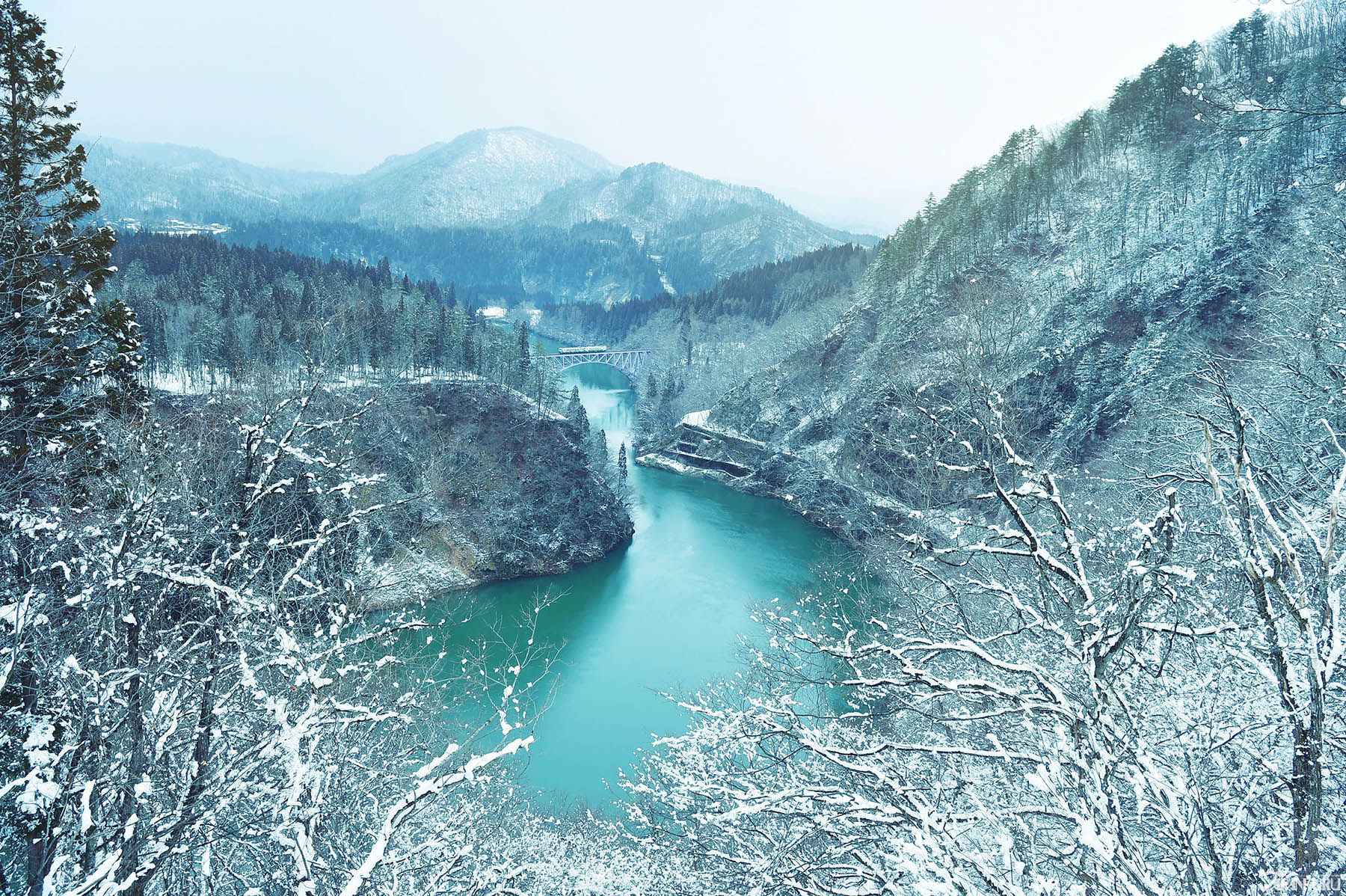
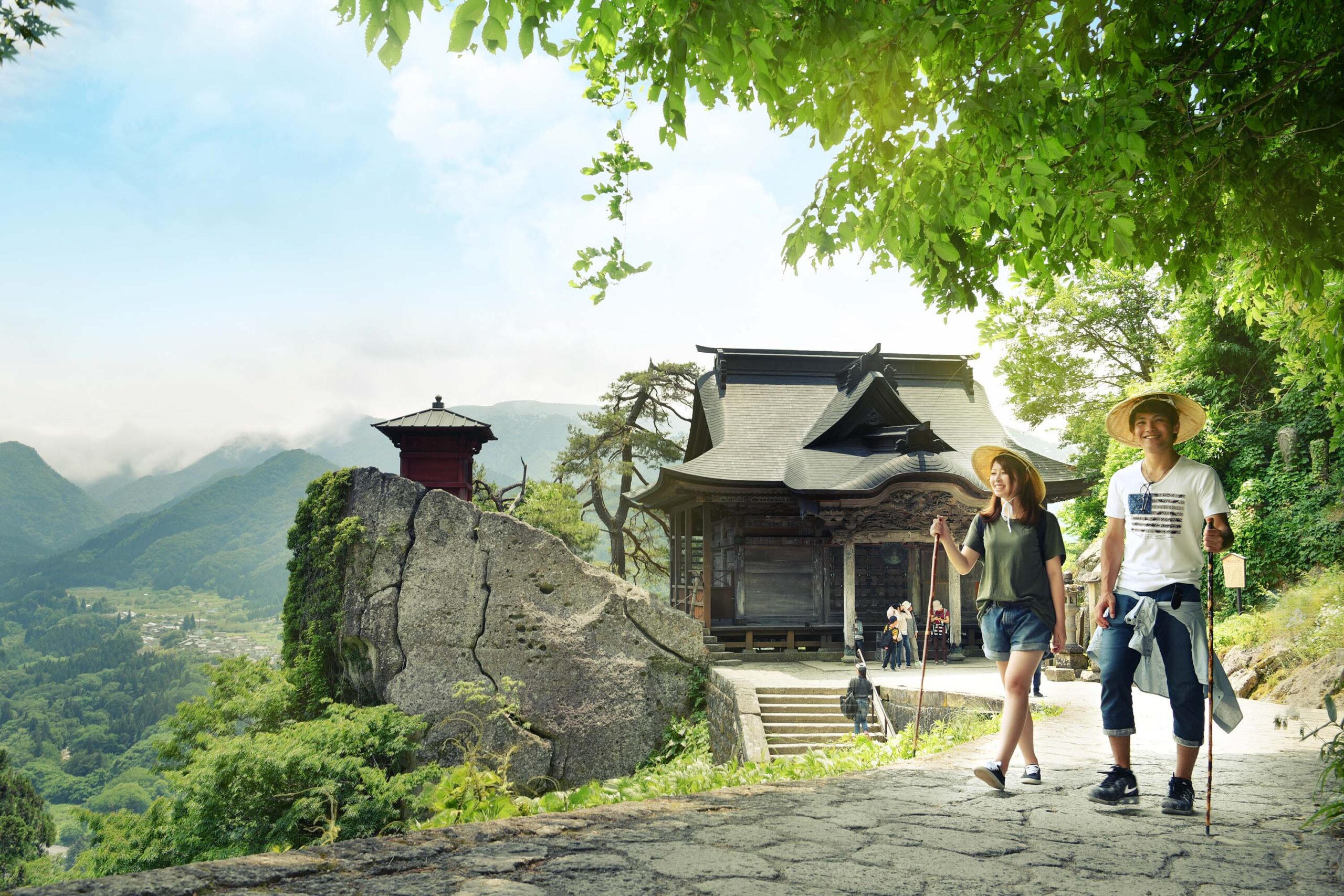
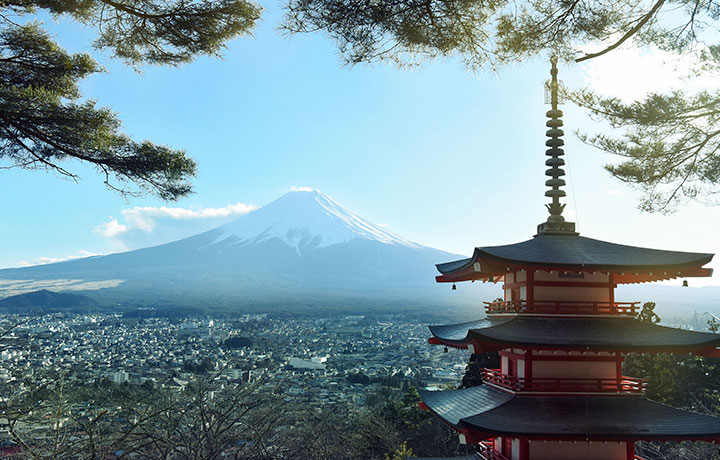
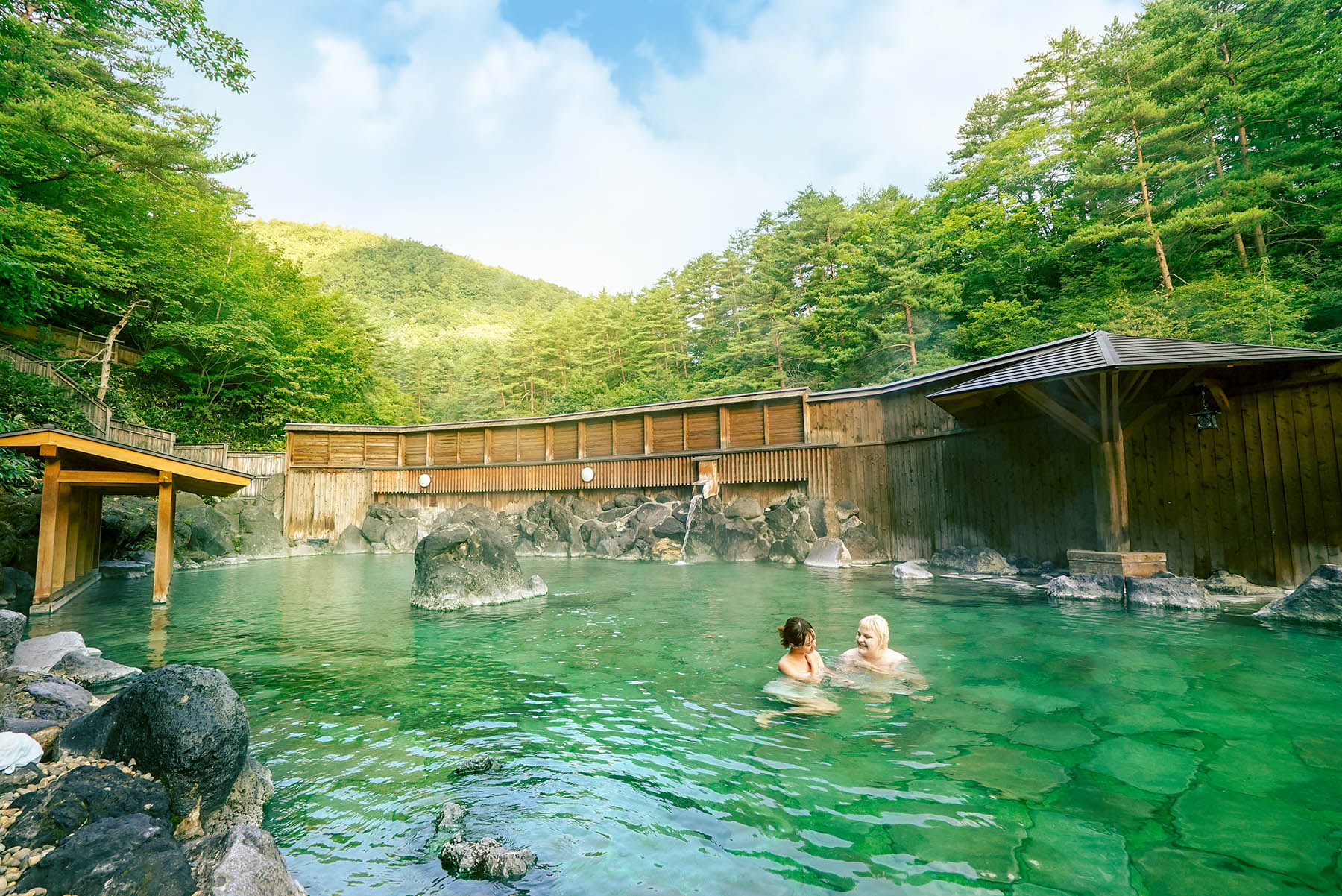
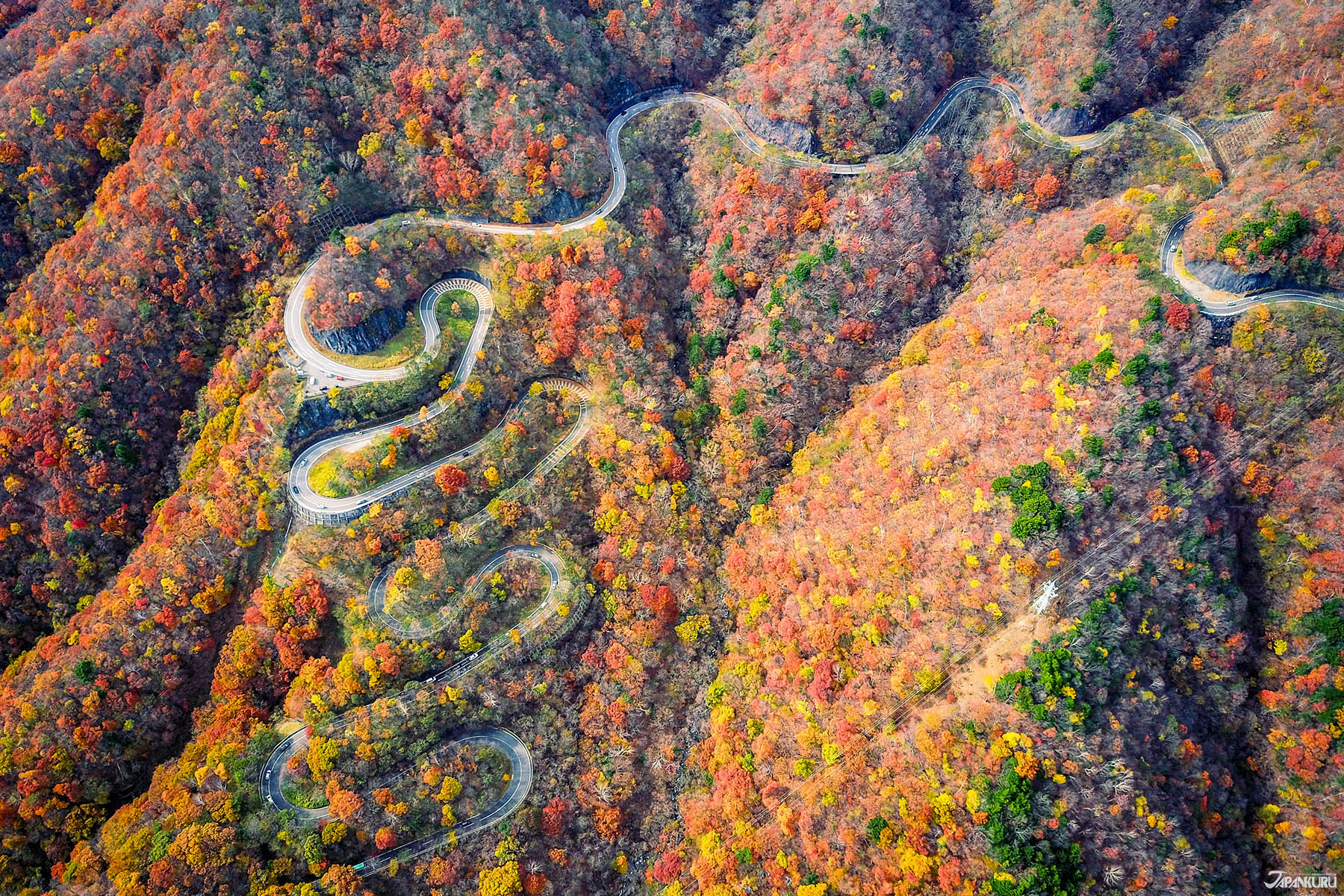
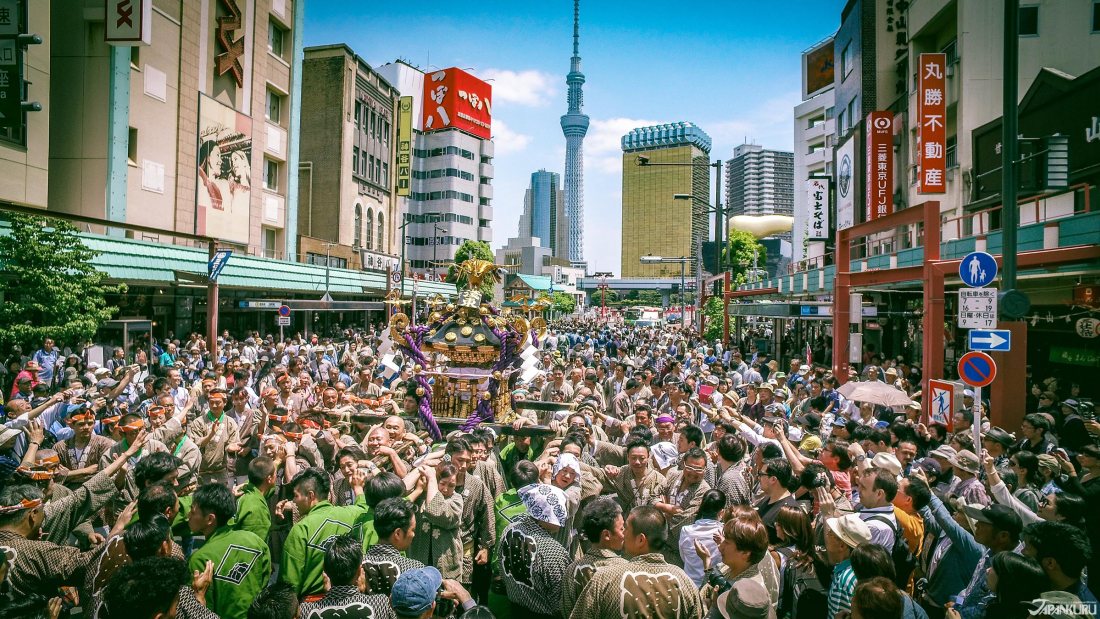
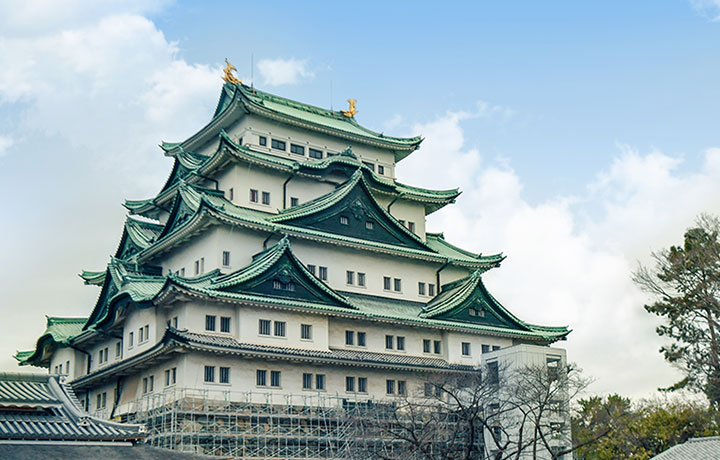
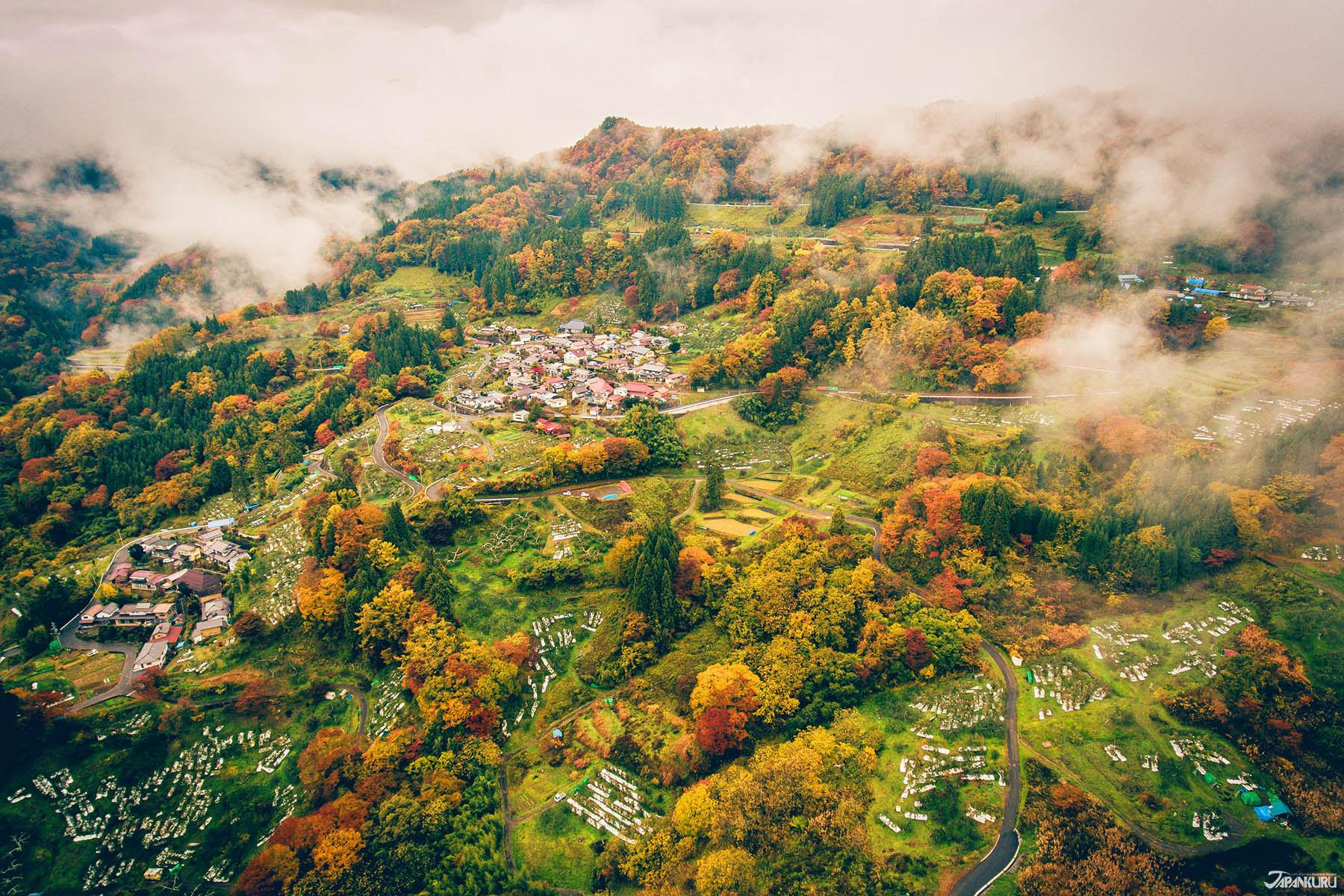
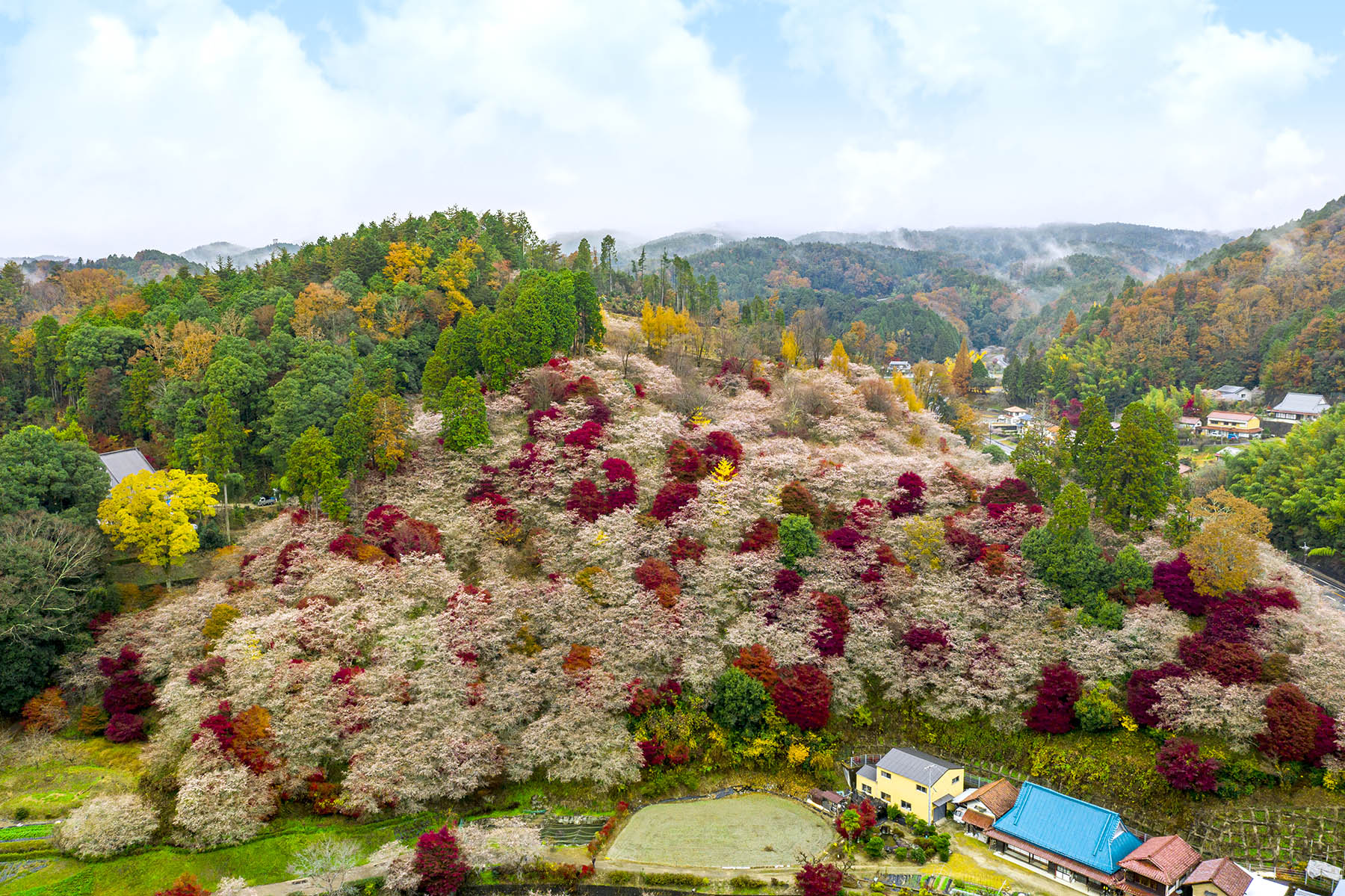
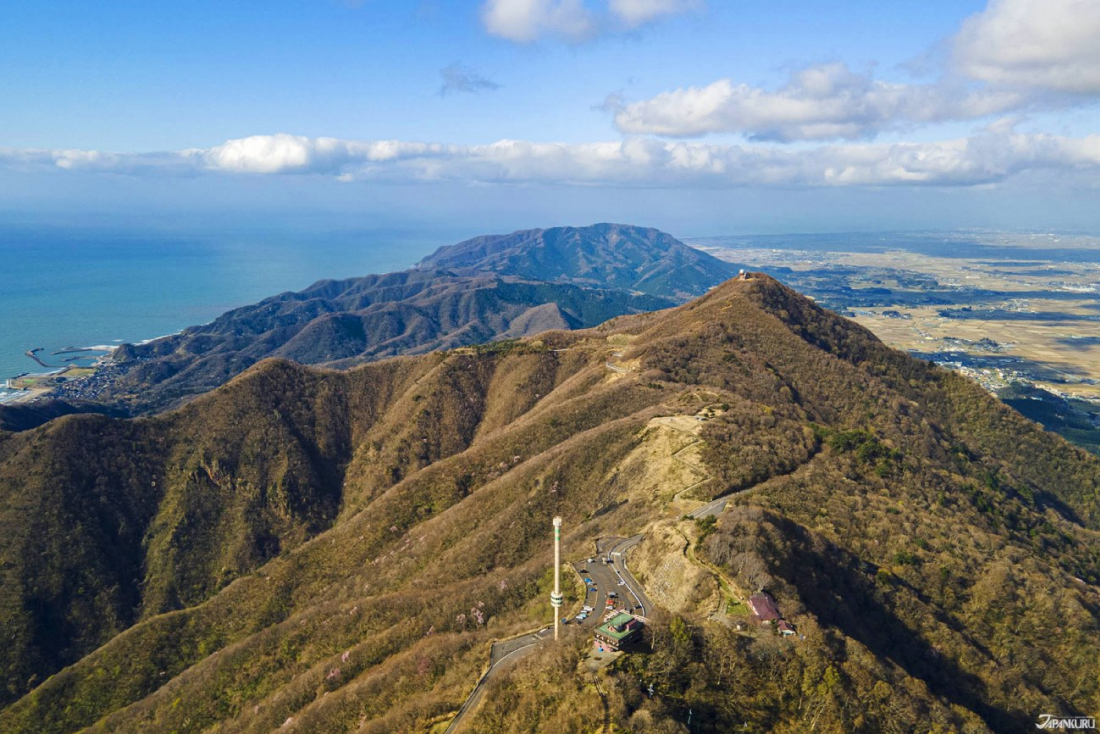
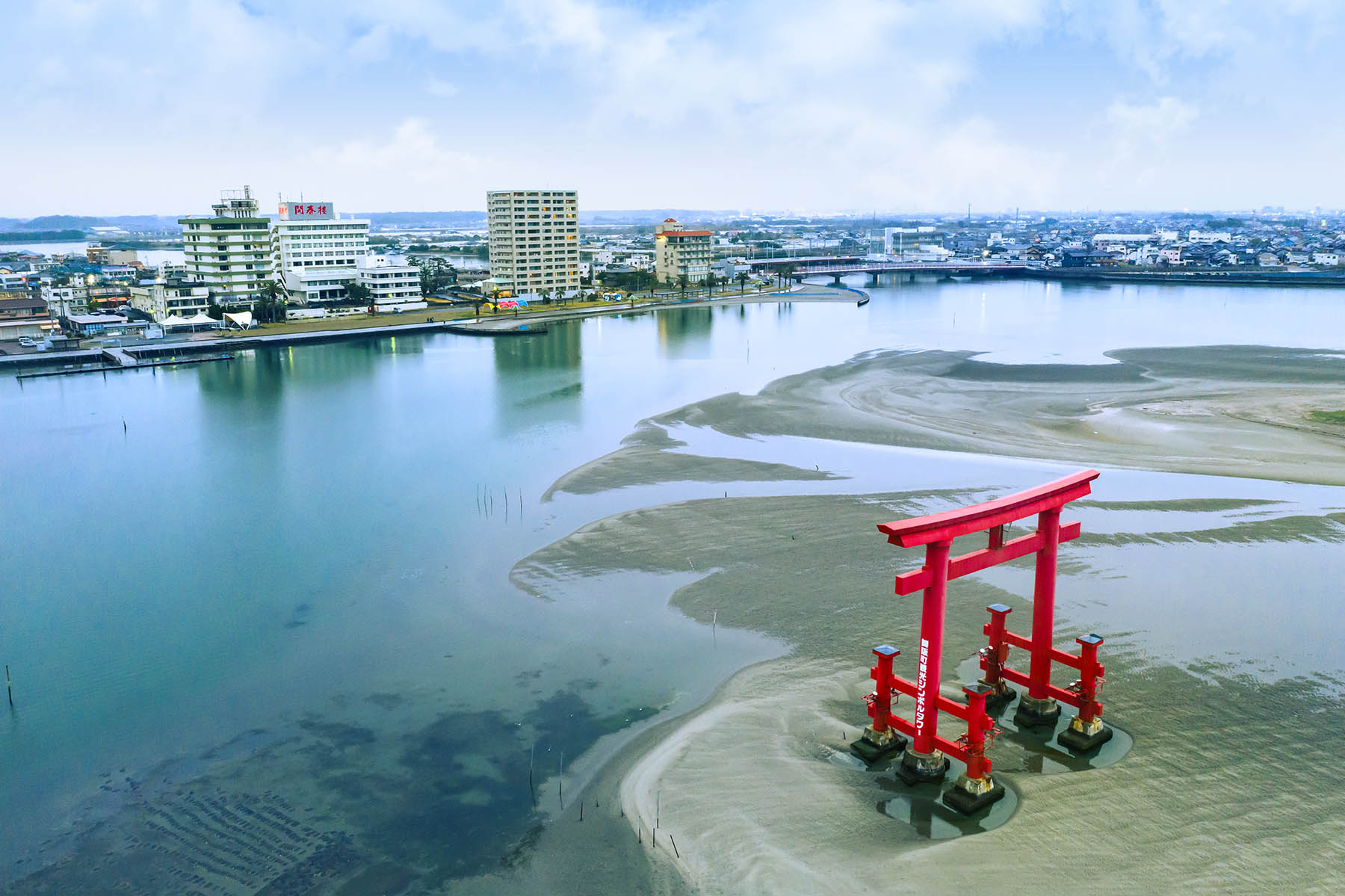
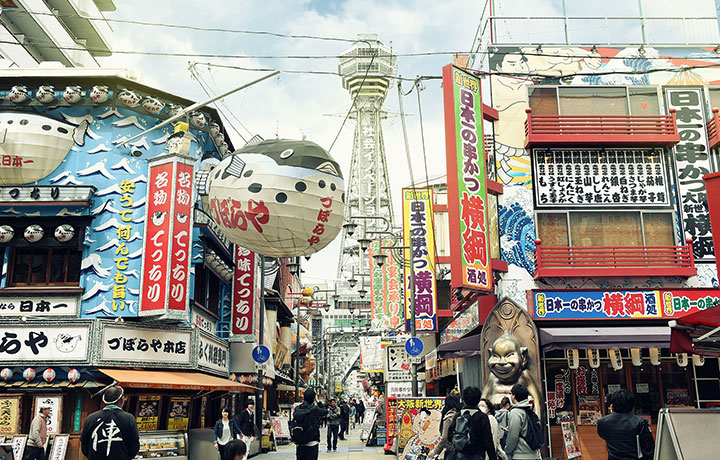

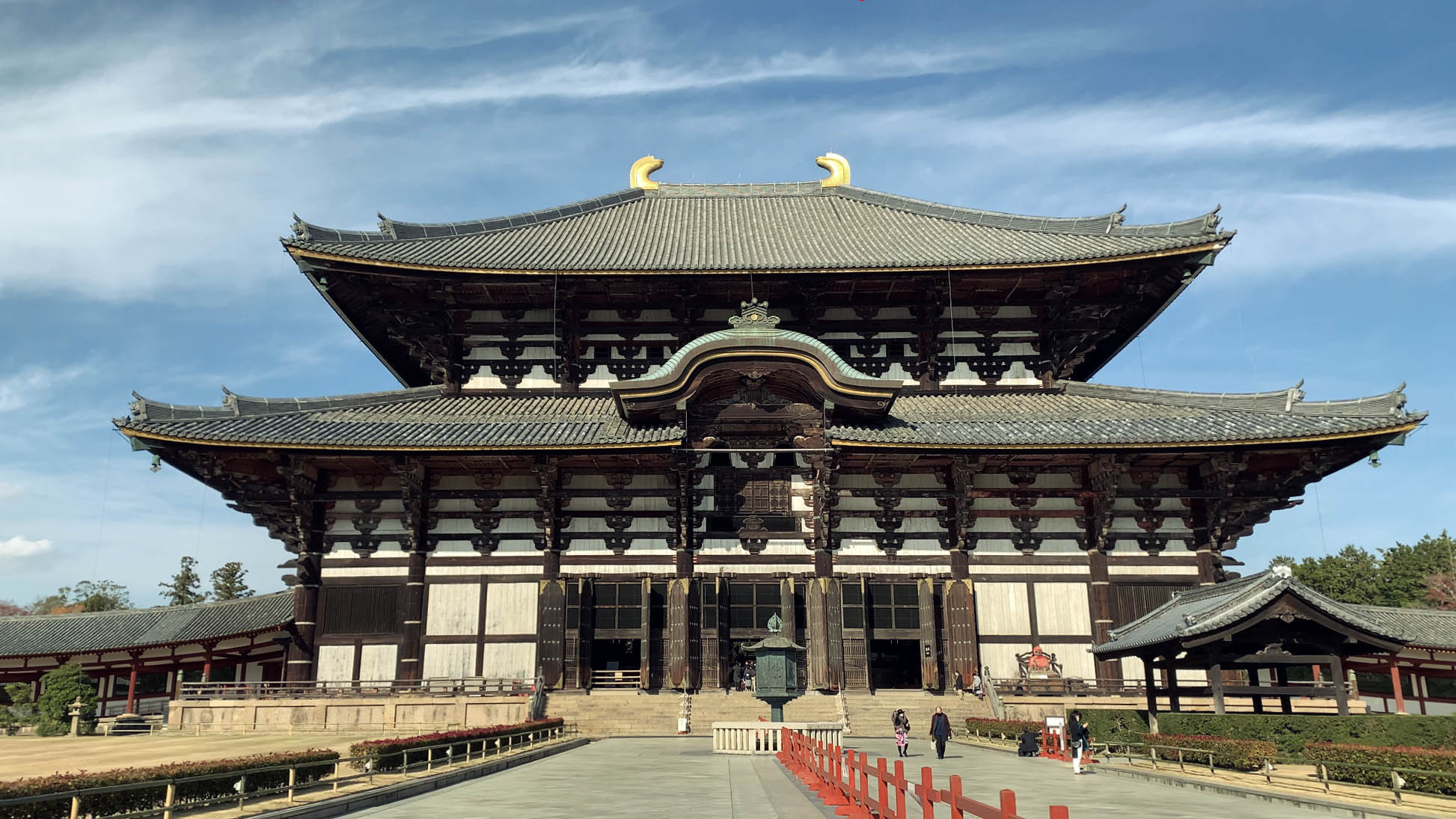
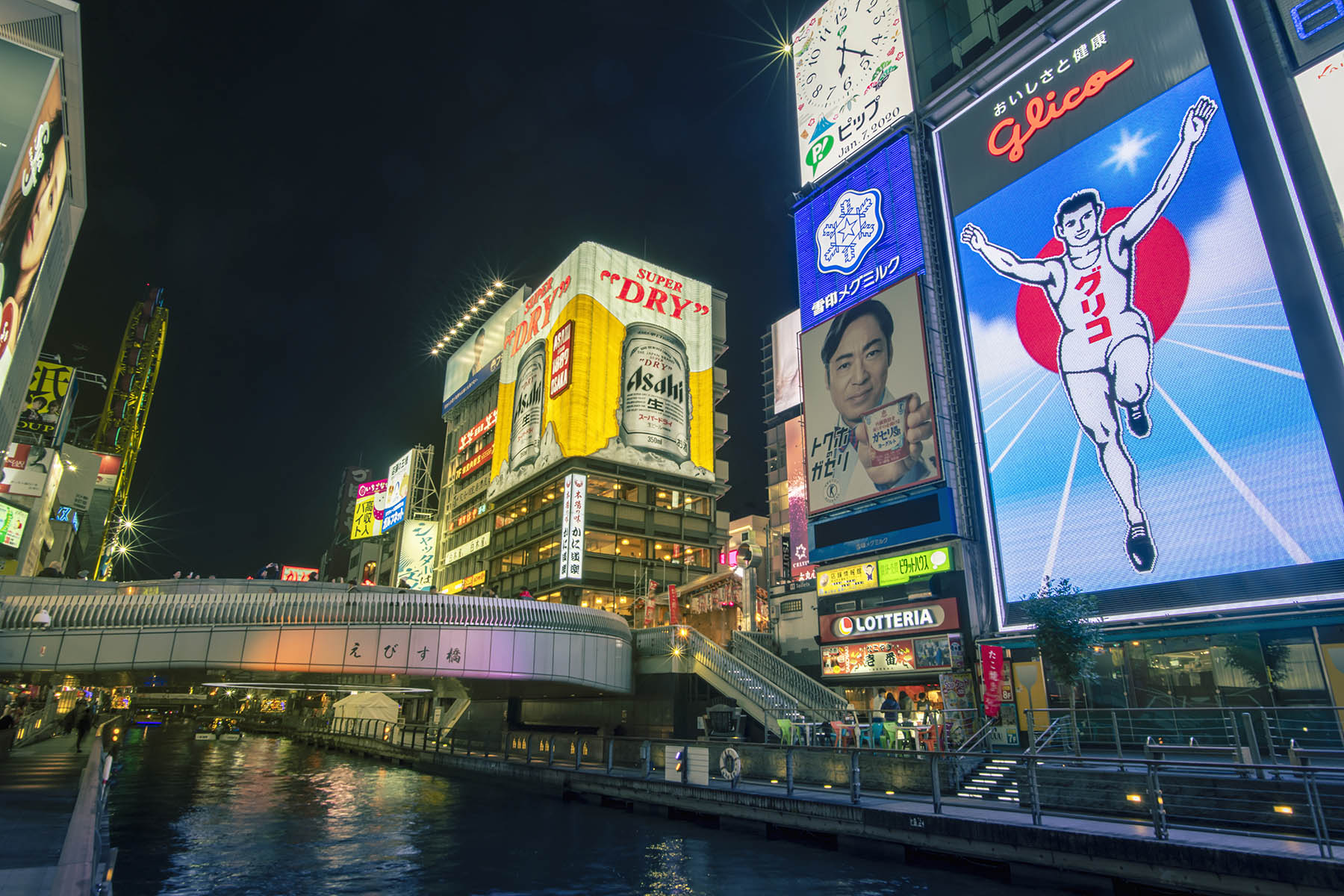
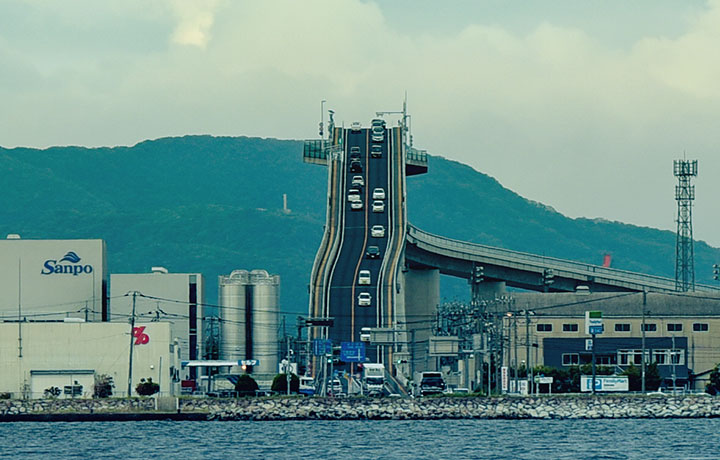
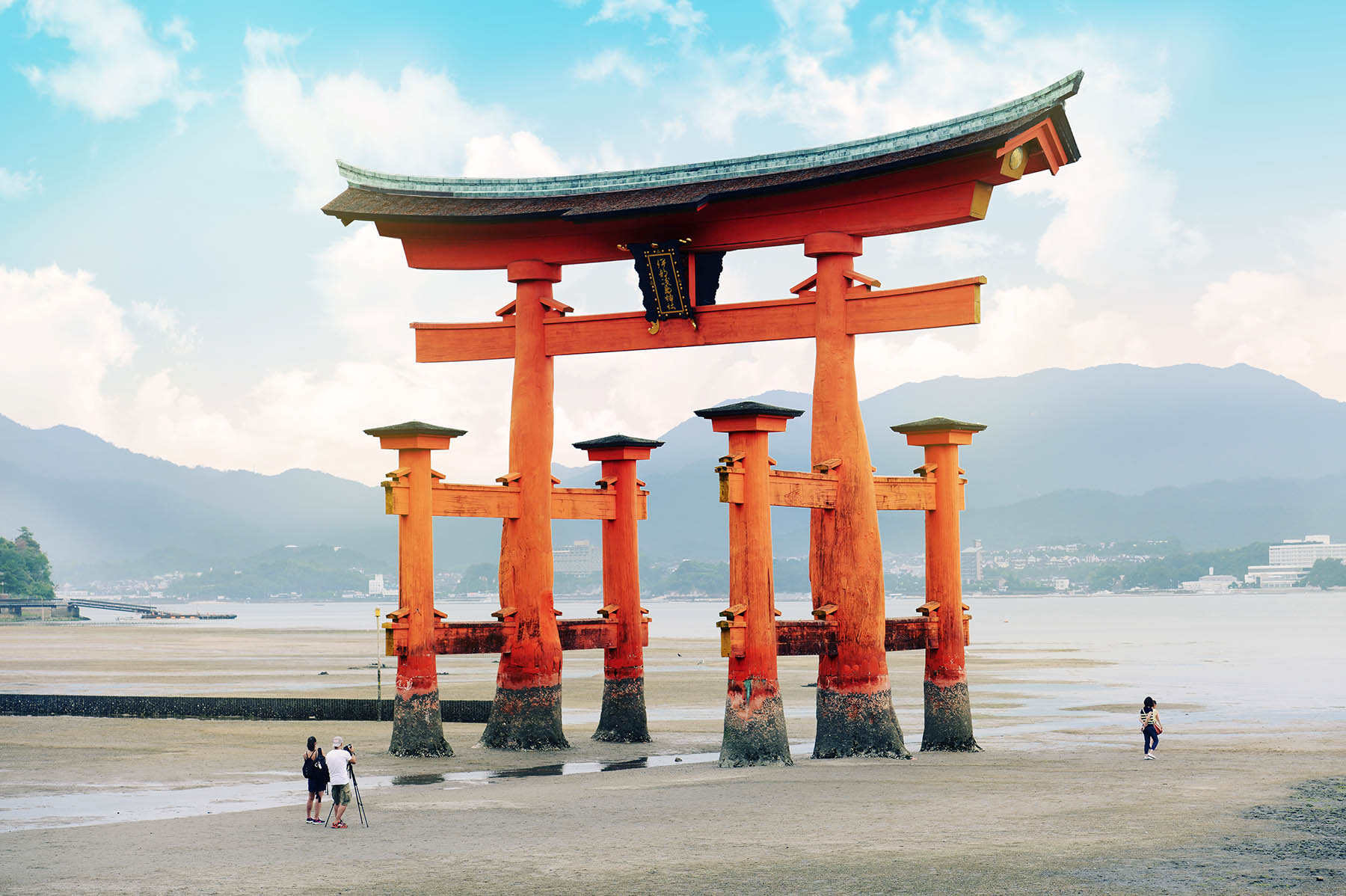
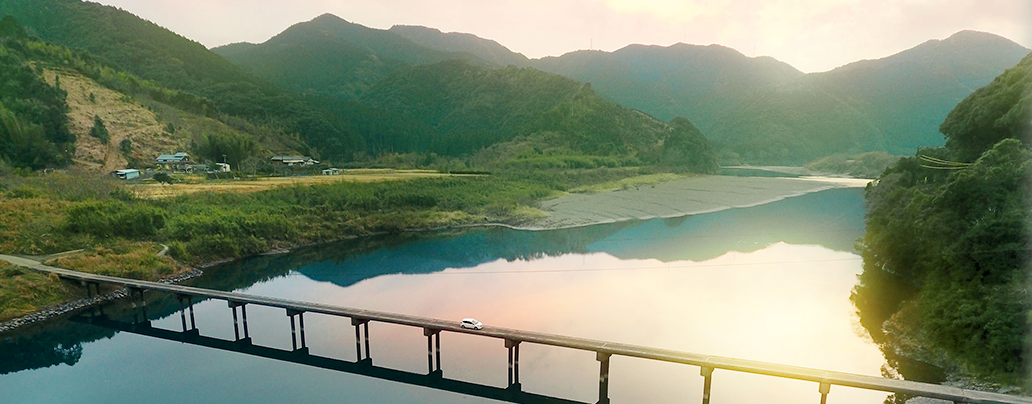
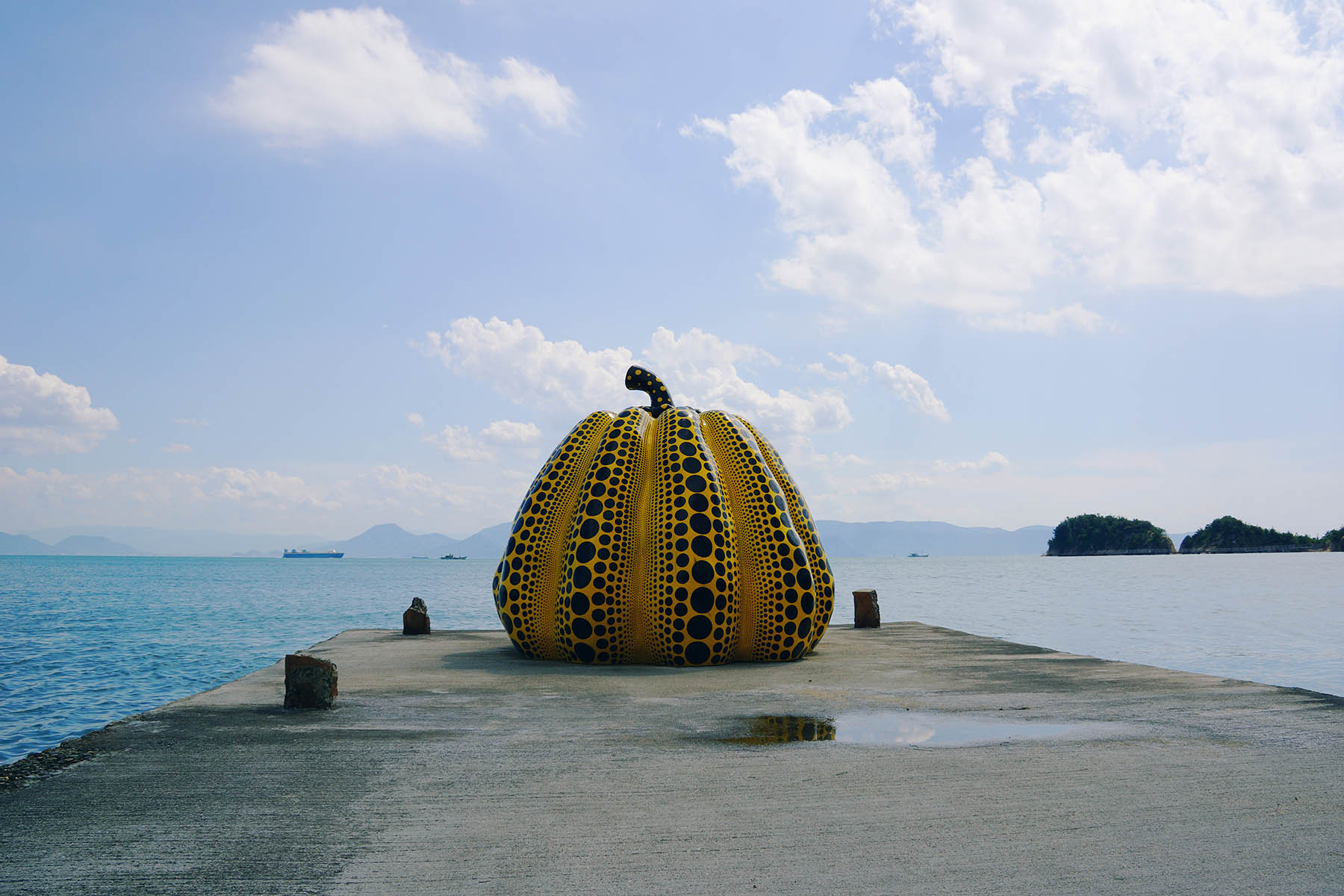
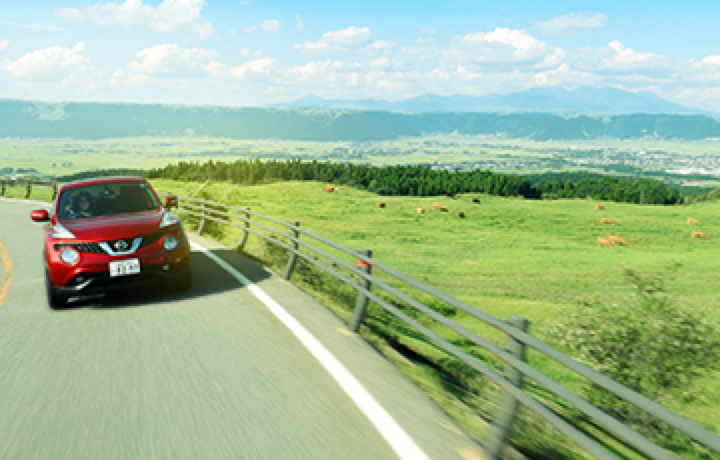
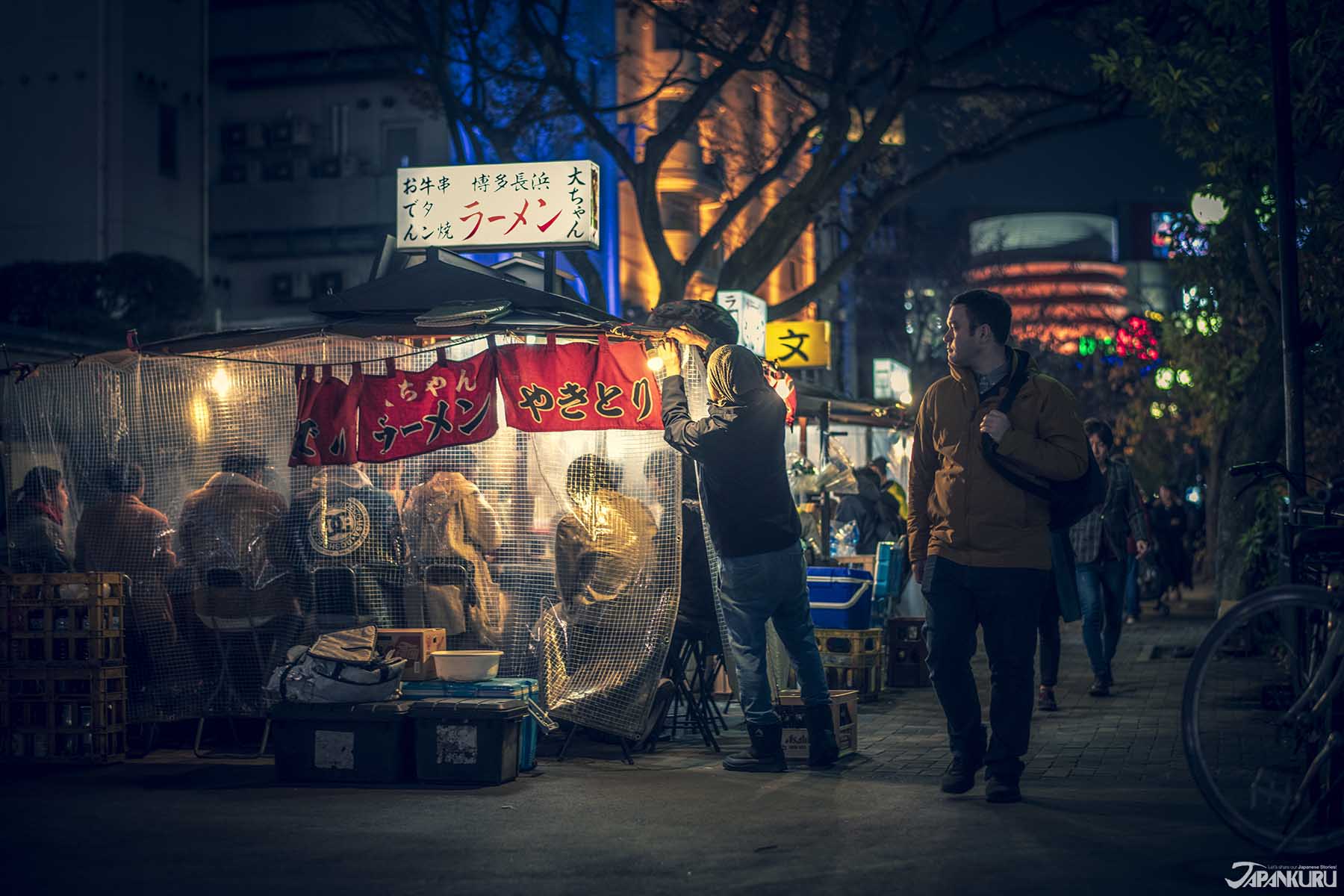
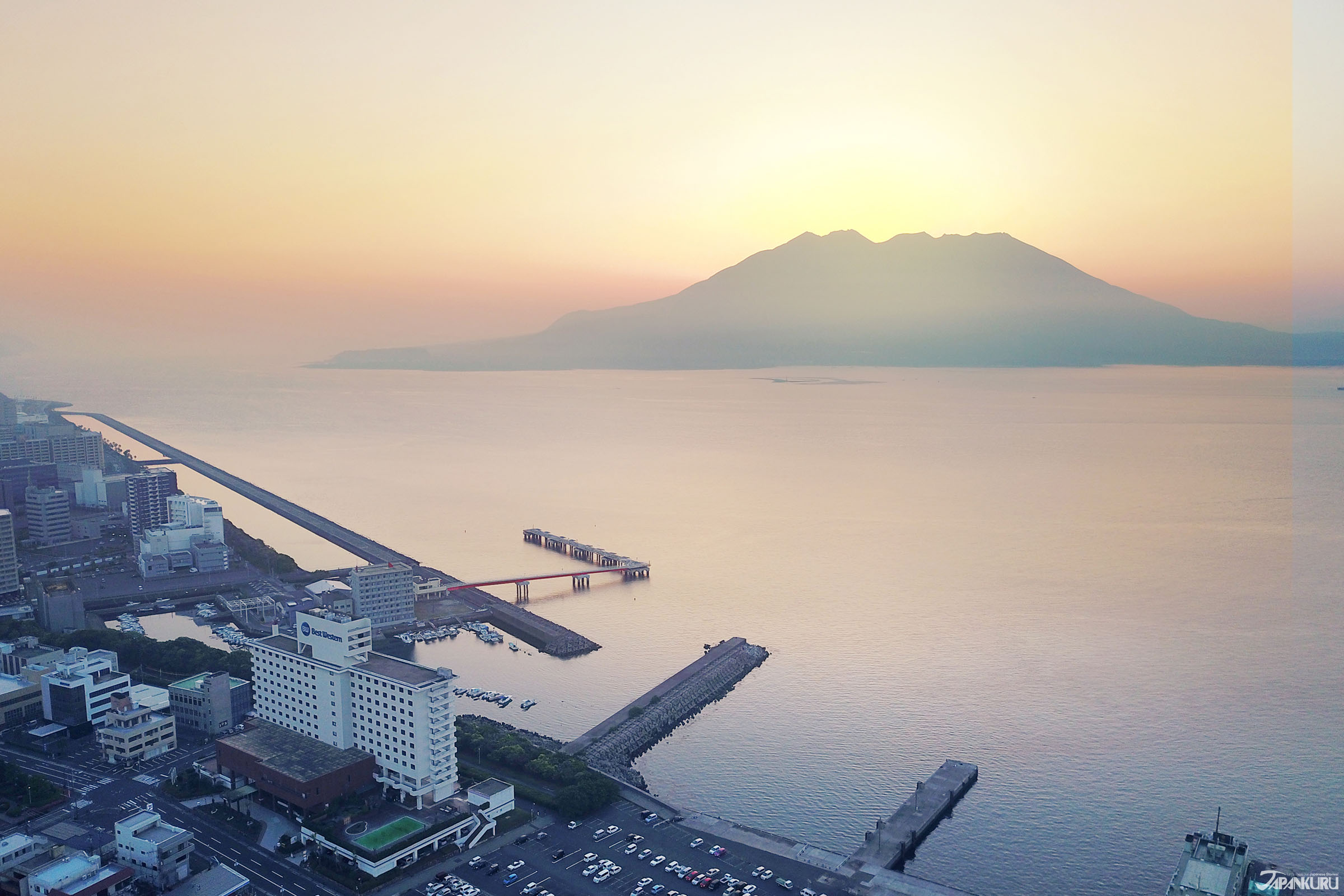
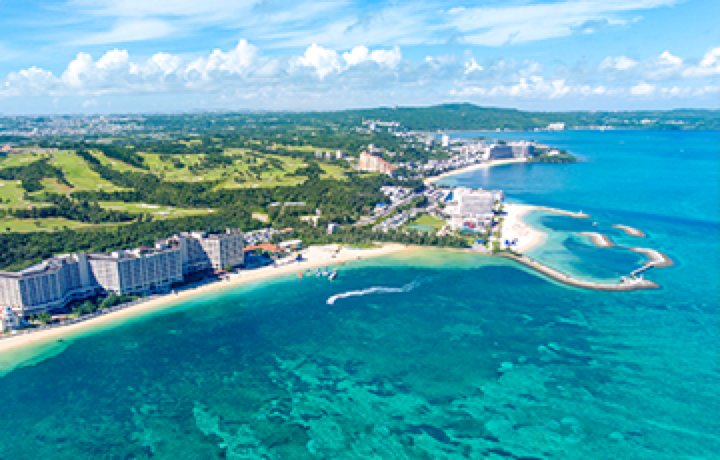


 Oita Hello Kitty Airport
Oita Hello Kitty Airport  Lands April 13th
Lands April 13th



